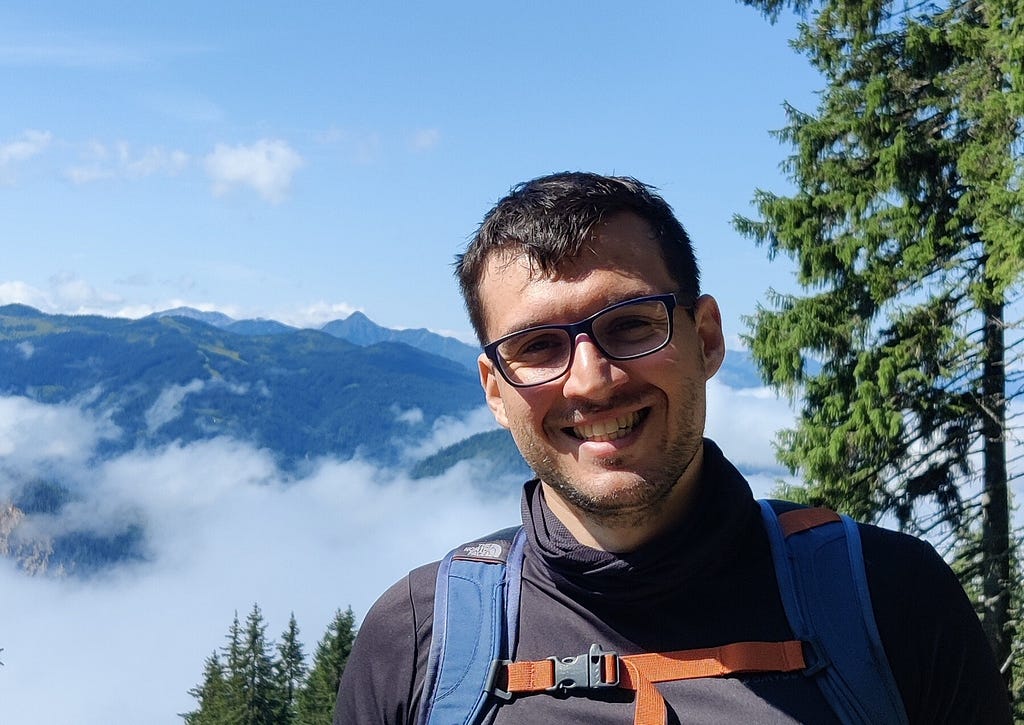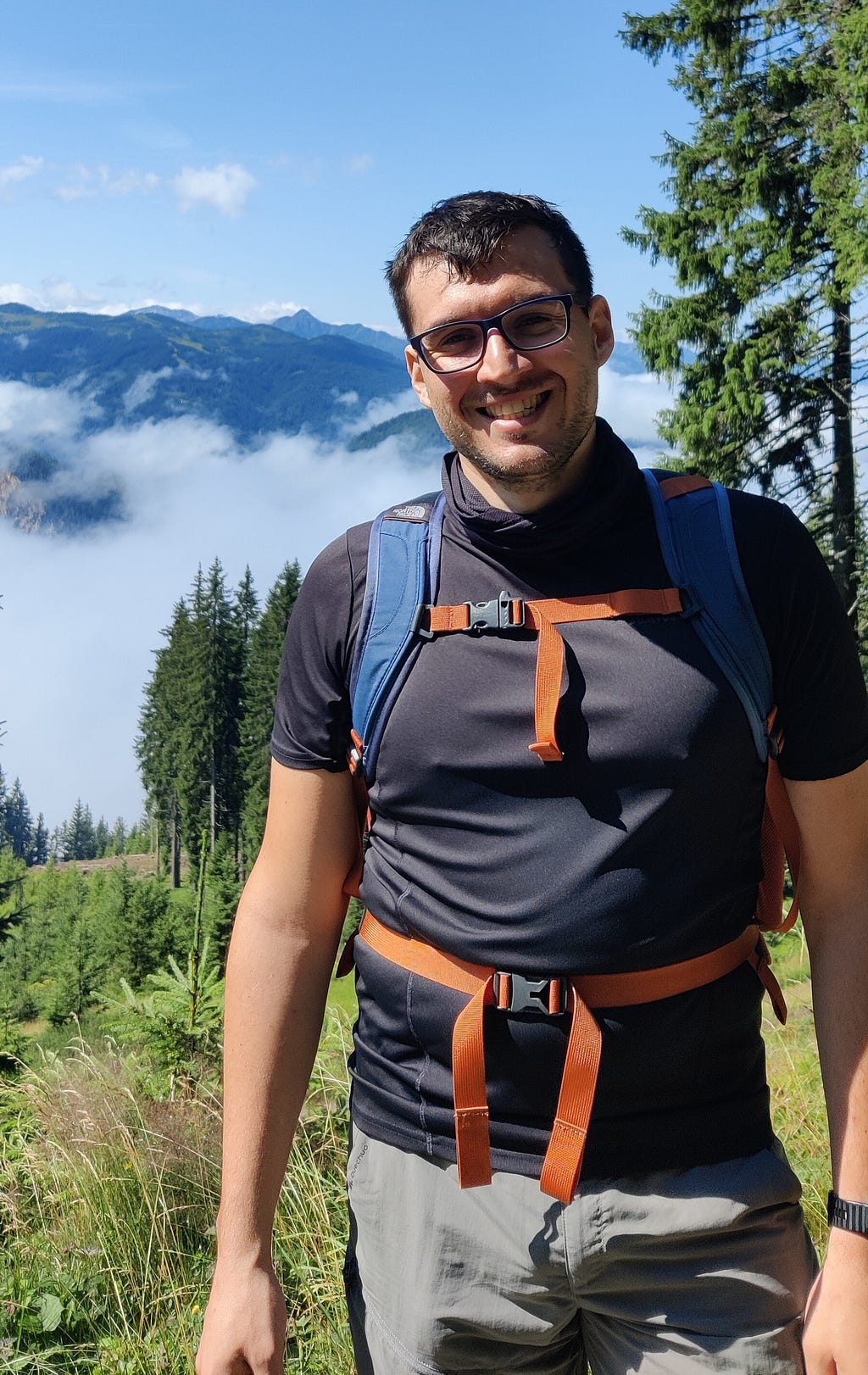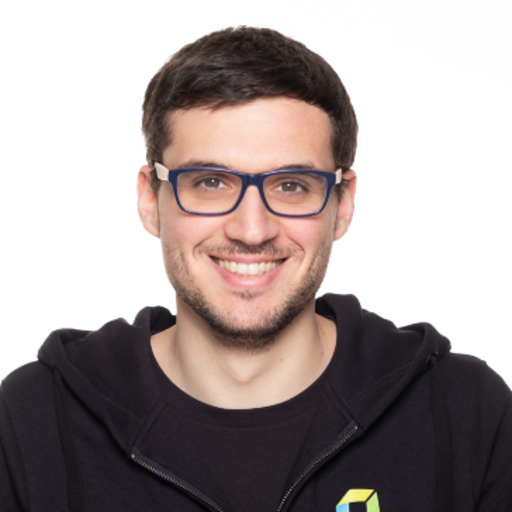Life of an open-source product owner at Dynatrace
Meet Giovanni Liva, a developer turned product owner in the Keptn team in Klagenfurt, Austria.

For this month’s issue of Dynatrace Stories, I spoke to Giovanni Liva from our Klagenfurt Lab. He shared his story of becoming a Dynatracer and going through the ranks from software engineer to team captain and product owner in less than two years.
Continue reading to get more insight into what it’s like to work at Dynatrace in our Open Source teams.
When did you join Dynatrace, and what is your role?
I joined Dynatrace in December 2019 as a developer for OneAgent, specializing in observability in Lambda environments (AWS-specific).
In July 2021, I moved into a leadership position as a team captain and PO for the Keptn team. Keptn is one of our open-source projects, and in my role, I drive the development of Keptn with the ideation of new features to become the best tool on the market. I take care of our internal team as well as our external contributors.
What is Keptn, and how does it impact the business at Dynatrace?
Keptn was born at Dynatrace, and it has now become a project within the Cloud-Native Computing Foundation (CNCF) landscape. It’s a control plane that supports the continuous deployment (CD) part of your pipeline.
Keptn is an open-source project; therefore it does not impact the business side a lot. However, Dynatrace is the major contributor to Keptn, and we have tight integration with it.
We are now planning on selling the Keptn integration with Dynatrace by building a special screen to show how the deployment of your application is working. Keptn will take over the build artifact, ship it to production, test, and monitor it. If it notices a possible error, it will automatically propose a remediation action. Your production will never be impacted, and it will be 100% available to customers.

What did your path to Dynatrace look like?
My career path is relatively short because I have only ever worked for Dynatrace. 😊
I studied in Italy at the Università degli Studi di Udine. After finishing my master’s, I decided to do a Ph.D., leading me to move to Klagenfurt, Austria.
Two years after I started my Ph.D., Dynatrace opened a lab here right next to the university’s campus, and we began to connect because Dynatrace collaborates closely with universities. That’s when I started learning about the company and seeing that it was a fantastic company to work for.
After finishing my Ph.D., I decided that I did not want to continue in academia, so I moved into the industry. Dynatrace was right there and since it’s a good company, I applied. Here I am now! 😊
How did you go from developer to product owner?
During one of our feedback meetings, I told my manager that I wanted to go into a leadership position because I no longer wanted to be a full-time developer. I like developing, but I don’t want it to be my main focus.
I started by being a support PO in my old team. Bit by bit, I took over more responsibilities and switched to full-time PO in the Keptn team. This happened in around six months.
How does Dynatrace support your personal development?
Every six months, you have a feedback meeting with your manager, discussing, amongst other things, personal development. I like it because half a year is a reasonable amount of time to achieve something and think about where you want to be. You set a goal for yourself, like: “I want to become a PO.” During the next six months, you start taking over small responsibilities to get an idea of the job. After this time has passed, you can say, “no, this is not what I thought it would be — I don’t want to change” or “yes, this is exactly what I’d like to do.”
I also like that I can have free training whenever I want. Everybody gets a Udemy and Pluralsight subscription, and, once a month, I use my work time to learn something new.
And finally, I learn a lot from my peers. Everybody at Dynatrace seems to be an expert in something, and I need to talk to people to learn something new. To all new hires: don’t be afraid of talking to people. Ask them for their feedback on your work. I grew a lot just by talking to people and asking them, “how would you tackle this problem?”
How do you structure the work in your team?
Good question! I joined the Keptn team two weeks ago, and we do not have processes set in stone yet.
Since we are an open-source project, it’s quite challenging to structure our work. It is also different from a “normal” business because everything is available on GitHub — every line of code, meeting notes, sprint plan. We need to be flexible and responsive to our contributors. Since they’re not Keptn experts most of the time, we need to be available to answer questions and support them. That’s why we need to leave space for uncertainty in our sprint plan.
Read more about how we organize our work in Keptn here:
Implementing Agile project management in an open-source project
What’s your favorite technology, and why?
I am a senior Java developer, but I have also worked with TypeScript and Node JS.
However, I need to say that the most interesting languages for me are functional programming languages. I love this idea of a mathematical approach to functional languages.
If I had to choose one technology, I’d say Haskell. You can scale to multiple threads without any problems, but it requires you to think differently. That’s why I like it. It forces you to address a problem from a different perspective.
What do you do in your free time?
I’m Italian, so I like to eat! I’m trying to learn how to cook Austrian cuisine, but it’s challenging.
Since I like to eat, I also need to be fit, or I’ll get a big belly. 😉 So, I also do sports in my free time, like running and biking.
What do you enjoy the most about working at Dynatrace?
It may sound cliché, but the culture is what sold Dynatrace to me.
Everybody here is friendly. Everyone is open to giving and receiving feedback, helping you grow in your daily work. The culture is the best thing about Dynatrace. You also get free coffee! 😉

How would you describe what Dynatrace does?
Magic? 😉
Honestly, the product was a huge selling point to me. When I discovered the company, I did the trial, and my first thought was: “How on earth did they get into my environment without any code change?”. I was incredibly impressed by OneAgent technology.
After working as a OneAgent developer, I realized how tough it is for developers to build this. But for customers, it’s a godsend. Before Dynatrace, I tried similar products (also for my Ph.D. research), and the amount of hard manual work I had to do to get information from my system was tedious. With Dynatrace, it was like snapping your fingers. You install it, and you have it.
So, my marketing answer to your question is “End-to-end observability without any code change.”
Interested in our open positions in Klagenfurt or other labs? Want to work with Giovanni on Keptn? Check out our careers page or learn more about contributing to Keptn here.
Or just sink your teeth into more Dynatrace stories:
Insights from a Java software engineer in Graz
Life of an open-source product owner at Dynatrace was originally published in Dynatrace Engineering on Medium, where people are continuing the conversation by highlighting and responding to this story.
